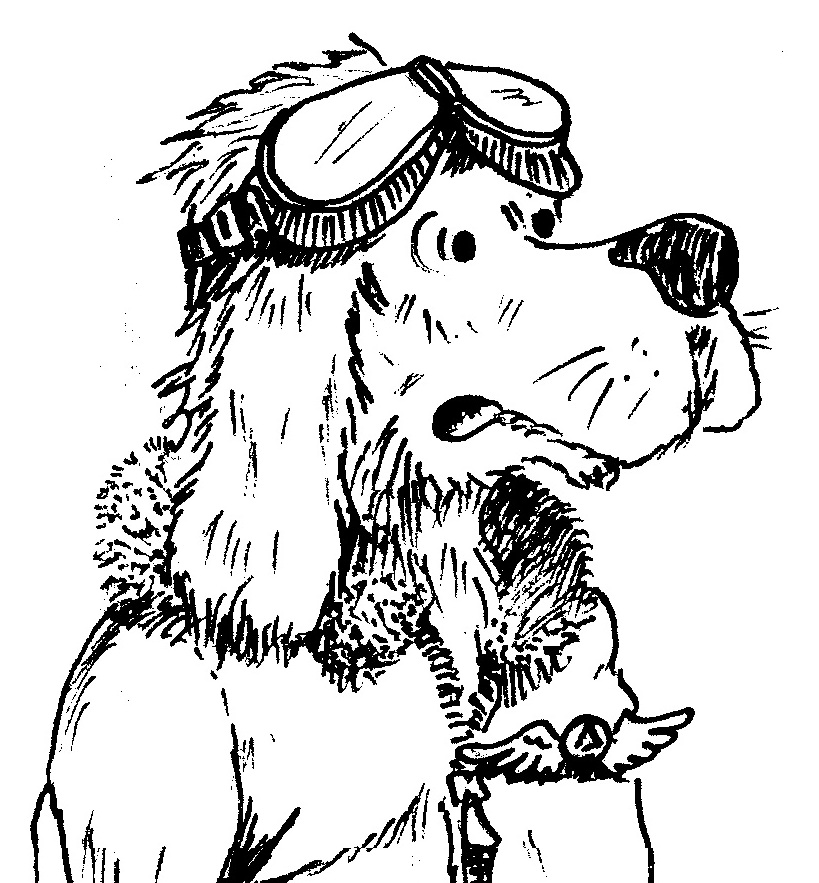 |
from The Big Sky Weekly Newspaper
|
|
by Thomas J. Nagorski
How does one undergo the magical transformation of becoming a pilot? The process is simpler than you might imagine. Thousands complete the experience every year. The requirements for becoming a U.S. certificated pilot are found in the Federal Aviation Regulations, or FARs. The individual wishing to fly strictly for pleasure will obtain a Private Pilot certificate. There is a simpler version of this license, the Recreational Pilot certificate, which limits the flyer to daytime operations within a certain distance of their home airport and to simple aircraft. The Recreational certificate can be used as a stepping stone into the Private certificate, but most people train specifically for the Private. Additionally, there exists Commercial Pilot and Airline Transport Pilot (ATP) certificates, necessary if one is to receive compensation for their flying, or will command large aircraft. The FARs outline goals to accomplish in order to become a Private Pilot. The first is to undergo a physical and obtain a Medical Certificate from an Aviation Medical Examiner. These Medical Certificates are good for two to three years, depending on your age. (Commercial pilots and ATPs hold medicals good for only six or twelve months.) The physical examination is a formality, a holdover from the obsolescent view of all pilots as "super-humans." Occasionally a Medical Certificate is restricted or refused because of a disqualifying condition such as diabetes, color blindness, or a history of heart problems. The applicant might receive a special issue medical with specific limitations placed on it, or receive a waiver from the specific disqualifying regulation because of their demonstrated ability to perform without compromise. The Medical Certificate will be a dual-purpose document. It will also serve as the individual's Student Pilot Certificate. This person now has bragging rights to be called a certificated pilot. What type? A Student Pilot. Glider and Balloon pilots, by the way, are not required to posses Medical Certificates. During training they merely obtain Student Pilot Certificates. The two remaining goals are to complete ground training and pass a computer-based Knowledge Test, and to receive enough aeronautical experience in order to pass a Practical Test. There exists methods of Ground Training best suited to each person's needs, and each will specifically affect the total cost of training. Students may chose one-on-one tutorial with an instructor, study through a semester-long university program, attend a six- to eight-week course sponsored by a community university, sit through an intensive weekend accelerated ground school, purchase a home-study video tape course, study the test using interactive computer software, or purchase text books and dive in at their leisure. Of course, these options can be combined, such as home study supplemented with one-on-one review with an instructor. The ground training may be started anytime -- before obtaining the Medical Certificate or after beginning flight training. The Knowledge Test must be passed before taking the Practical Test. You have up to two years to complete your training after passing the Knowledge Test, otherwise the test will need to be repeated. Flight training occurs in three phases. Phase One prepares the student to operate the aircraft safely, competently, and consistently in the local area. The phase is completed with the individual's first solo flight, conducted under the instructor's ground-based supervision. Phase Two training exposes the pilot to advanced aircraft operations, night, and cross-country training. In this phase the student will obtain experience flying solo cross country flights to airports 50 or more miles distant. Finally, Phase Three prepares the student for the Practical Test and reviews all previously learned material. The FARs require a minimum of 40 hours of total flight time before taking the flight test. Although it is possible to complete the training in a month, students flying once or twice a week (or less) average around 18 months in the program before ready for the flight check ride. In actuality, pilots training for pleasure facing normal distractions in life like work, vacation, family commitments, and budget constraints, are logging 65 to 75 hours of flight time before finishing the course. As one customer explained, "I like flying. I'm doing this for fun. I have no need to rush the training." Complex? No worse than any technical pursuit. The key to all training and safety habits is in the selection of the proper professional Certificated Flight Instructor (CFI) and Flight School. You are looking for someone who will become a partner in your wish for wings. If you think the challenge is beyond you, remember that every pilot, from the airline driver to the aerobatics performer, started just like you will. We've all stumbled through the material and felt awkward and uncoordinated. Flight training is challenging and rewarding. On the journey towards your certificate, getting there is half the fun!
Happy (con)trails. See you upstairs --
|

.gif) (c) 1998, 2024
(c) 1998, 2024